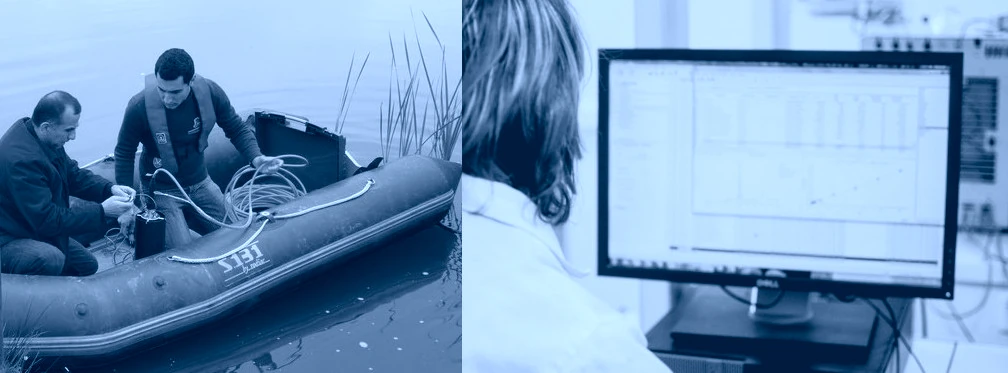Influence of hydrodynamics on ecological behavior of lakes in metropolitan areas through monitoring and 3D numerical modelling. Application to Lake Champs-sur-Marne in France and Lake Pampulha in Brazil
Thèse en cotutelle effectuée entre
l’Université Paris-Est (France)
Ecole Doctorale Sciences, Ingénierie et Environnement – SIE
Laboratoire Eau, Environnement et Systèmes Urbains – LEESU et
Universidade Federal de Minas Gerais – UFMG
Programme de Post-graduation en Assainissement, Environnement et Ressources Hydriques ; Département de Génie Hydraulique et Ressources Hydriques
Doctorant : Denis Furstenau Plec
Directeurs de thèse : Brigitte Vinçon-Leite (LEESU)
et Nilo de Oliveira Nascimento (UFMG)
Soutenance prévue au début 2020
Télédétection et modélisation pour surveiller, comprendre et gérer les proliférations de cyanobactéries dans les lacs et les retenues. Application à la retenue de Karaoun (Liban)
Thèse de l’Université Paris-Est (France)
Ecole Doctorale Sciences, Ingénierie et Environnement –SIE
Laboratoire Eau, Environnement et Systèmes Urbains – LEESU
et
CNRS Liban
Doctorante : Najwa Sharaf
Directrice de thèse : Brigitte Vinçon-Leite (LEESU) ; co-direction Bruno Lemaire (LEESU) et Ali Fadel (CNRS Liban)
Soutenance prévue au début 2020
Eutrophic lake ecosystem modelling – Impact of climate change on hydrodynamics and cyanobacteria dynamics
Thèse de l’Université Paris-Est (France)
Ecole Doctorale Sciences, Ingénierie et Environnement –SIE
Laboratoire Eau, Environnement et Systèmes Urbains – LEESU
et
MISTEA - INRA Montpellier
Doctorant : Francesco Piccioni
Directrices de thèse : Brigitte Vinçon-Leite (LEESU)
et Céline Casenave (MISTEA)
Soutenance prévue au début 2022
Thèses soutenues récemment
Apport de la modélisation tridimensionnelle pour la compréhension du fonctionnement des écosystèmes lacustres et l’évaluation de leur état écologique
Thèse soutenue le 8 décembre 2017
Thèse de l’Université Paris-Est (France)
Ecole Doctorale Sciences, Ingénierie et Environnement –SIE
Laboratoire Eau, Environnement et Systèmes Urbains – LEESU
Doctorant : Frédéric Soulignac
Directrice de thèse : Brigitte Vinçon-Leite (LEESU) ; codirection Orlane Anneville (INRA) et Bruno Lemaire (LEESU) )
Keywords : Lakes, Hydrodynamics, Ecology, Three-dimensional modeling, Spatial heterogeneity, European Water Framework Directive
Abstract
The quality of ecosystem services provided by lakes is related to the ecosystem structure and functioning. Protecting water bodies is therefore a global goal that requires a better understanding of their function, a monitoring and a water quality assessment. Explaining spatio-temporal heterogeneities of physico-chemical parameters and phytoplankton has been a recurrent ecological and hydrobiological issue. Understanding the dynamics of these heterogeneities is an essential prerequisite for objectively assessing, protecting and restoring freshwater ecosystems. Moreover, three-dimensional (3D) and taking into account and drivers of these heterogeneities are essential prerequisites for theoretical and applied limnology. Concerning the monitoring, spatio-temporal heterogeneities are responsible of uncertainties on the representativeness of the data versus the whole lake which might be questionable and needs to be verified. In Europe, the Water Framework Directive (WFD) initiated in 2000 defines a framework for managing and protecting water bodies in Europe. The classification of water bodies into ecological status is a key issue for the implementation of that framework. For lakes and reservoirs, the assessment of this status is based on biological, physico-chemical and hydro-morphological indicators. Physico-chemical and phytoplankton indicators are calculated based on four observations at an unique sampling station over the growing season, this evaluation being assessed one year for a six-year management plan.
In this context, this thesis focuses on the complexity of lakes functioning and the capability of three-dimensional (3D) models to reproduce their functioning. The contribution of 3D models is presented i) for understanding the functioning of lakes of different sizes, ii) coupled to satellite observations, for studying of the influence of wind forcing and hydrodynamics on phytoplankton abundance and spatial heterogeneities, iii) in the context of the WFD, for assessing uncertainties in the lake ecological status assessment. To do that, two 3D models have been created and analyzed, one for Lake Créteil (42 ha) and another for Lake Geneva (580 km2). Lake Créteil 3D model was validated by using high frequency data recorded at three stations. It reproduces well the complex hydrodynamic functioning of the lake, its thermal structure, the alternation between thermal stratification episodes and mixing events, and internal waves. Lake Geneva 3D model was validated by using monthly and bimonthly data at two stations. It reproduces also properly the hydrodynamic functioning of the lake and the seasonal variability of biological and physico-chemical parameters. Simulation results highlight physical and hydrodynamic mechanisms responsible for the occurrence of seasonal hot-spots in phytoplankton abundance. In the context of the WFD, simulation results show also a strong spatial variability of lake ecological status depending on the timing of the four sampling dates as well as the location of the sampling station. These results were also used to assess to representativeness of sampling stations. The results of this thesis suggest that i) the functioning of lakes of different sizes is complex and physical processes generates spatio-temporal heterogeneities, ii) wind and hydrodynamics influence the abundance and the spatial distribution of phytoplankton et iii) spatio-temporal heterogeneities can bias our evaluation of lake ecological status in the WFD.
Le rôle des facteurs environnementaux sur la concentration des métaux-traces dans les lacs urbains - Lac de Pampulha, Lac de Créteil et 49 lacs péri-urbains d’Ile de France
Thèse soutenue le 19 décembre 2016
Thèse en cotutelle effectuée entre l’Université Paris-Est (France)
Ecole Doctorale Sciences, Ingénierie et Environnement –SIE
Laboratoire Eau, Environnement et Systèmes Urbains – LEESU
et
Universidade Federal de Minas Gerais – UFMG
Programme de Post-graduation en Assainissement, Environnement et Ressources Hydriques
Département de Génie Hydraulique et Ressources Hydriques
Doctorant : Viet Tran Khac
Directeurs de thèse : Brigitte Vinçon-Leite (LEESU)
et Nilo de Oliveira Nascimento (UFMG)
Abstract
Lakes have a particular influence on the water cycle in urban catchments. Thermal stratification and a longer water residence time in the lake boost the phytoplankton production. Most metals are naturally found in the environment in trace amounts. Trace metals are essential to growth and reproduction of organisms. However, some are also well known for their toxic effects on animals and humans. Total metal concentrations do not reflect their ecotoxicity that depends on their properties and speciation (particulate, dissolved : labile or bioavailable and inert fractions). Trace metals can be adsorbed to various components in aquatic systems including inorganic and organic ligands. The ability of metal binding to dissolved organic matter (DOM), in particular humic substances, has been largely studied. In urban lakes, the phytoplankton development can produce autochthonous DOM, non humic substances that can have the ability of metal binding.. But there are few studies about trace metal speciation in lake water column.
The main objectives of this thesis are (1) to obtain a consistent database of trace metal concentrations in the water column of representative urban lakes ; (2) to access their bioavailability through an adapted speciation technique ; (3) to analyze the seasonal and spatial evolution of the metals and their speciation ; (4) to study the potential impact of environmental variables, particularly of dissolved organic matter related to phytoplankton production on metal bioavailability and (5) to link the metal concentrations to the land use in the lake watershed.
Our methodology is based on a dense field survey of the water bodies in addition to specific laboratory analysis. The research has been conducted on three study sites : Lake Créteil (France), Lake Pampulha (Brazil) and a panel of 49 peri-urban lakes (Ile de France). Lake Créteil is an urban lake impacted by anthropogenic pollution. It benefits of a large number of monitoring equipment, which allowed us to collect a part of the data set. In Lake Pampulha catchment, the anthropogenic pressure is high. Lake Pampulha has to face with many pollution point and non-point sources. The climate and limnological characteristics of the lakes are also very different. The panel of 49 lakes of Ile de France was sampled once during three successive summers (2011-2013) ; they provided us with a synoptic, representative data set of the regional metal contamination in a densely anthropized region.
In order to explain the role of the environmental variables on the metal concentrations, we applied the Random Forest model on the Lake Pampulha dataset and on the 49 urban lake dataset with 2 specific objectives : (1) in Lake Pampulha, understanding the role of environmental variables on the trace metal labile concentration, considered as potentially bioavailable and (2) in the 49 lakes, understanding the relationship of the environmental variables, more particularly the watershed variables, on the dissolved metal concentrations. The analysis of the relationships between the trace metal speciation and the environmental variables provided the following key results of this thesis.
In Lake Pampulha, around 80% of the variance of the labile cobalt is explained by some limnological variables : Chl a, O2, pH, and total phosphorus. For the other metals, the RF model did not succeed in explaining more than 50% of the relationships between the metals and the limnological variables.
In the 49 urban lakes in Ile de France, the RF model gave a good result for Co (66% of explained variance) and very satisfying for Ni (86% of explained variance). For Ni, the best explanatory variables are landuse variables such as “activities” (facilities for water, sanitation and energy, logistical warehouses, shops, office…) and “landfill”. This result fits with Lake Creteil where dissolved Ni concentration is particularly high and where the “activities” and “landfill” landuse categories are the highest.
Couplage entre fonctionnement physique et développement du phytoplancton dans le lacs de barrage de Karaoun (Liban)
Thèse en cotutelle effectuée entre l’Université Paris-Est (France)
Ecole Doctorale Sciences, Ingénierie et Environnement –SIE
Laboratoire Eau, Environnement et Systèmes Urbains – LEESU
et
l’Université Libanaise de Beyrouth (Liban)
Laboratoire des sciences de l’eau et de l’environnement (LSEE)
Doctorant : Ali FADEL
Directeurs de thèse : M. Bruno TASSIN (LEESU)
et M. Kamal SLIM (LSEE)
Thèse soutenue le 22 septembre 2014
Abstract
Many reservoirs throughout the world suffer from eutrophication. This worldwide problem increases phytoplankton biomass in reservoirs and impairs their uses. Understanding the mechanisms and processes that control cyanobacterial blooms are of great concern. Ecosystem models enable us to simulate, analyze and understand ecological processes in lakes and reservoirs. Except for Lake Kinneret, the phytoplankton community and ecological model application are poorly documented in the Middle East. Karaoun Reservoir, the largest water body in Lebanon, was built for irrigation and hydropower production. There is a great interest in the water quality of this reservoir as it will be used to supply the capital Beirut with drinking water.
The objectives of this thesis are to : 1) design and implement a physico-chemical and reinforced biological monitoring in Karaoun reservoir, 2) understand the physico-chemical determinants of cyanobacterial blooms in Karaoun reservoir, and 3) calibrate a deterministic model that can be used to predict cyanobacteria biomass.
Sampling campaigns were conducted semi-monthly between May 2012 and August 2013 to assess the trophic state and the biodiversity and dynamics of its phytoplankton community in response to changes in environmental conditions. These campaign measurements were then used to calibrate (summer and autumn 2012) and validate (spring and summer 2013) a one dimensional hydrodynamic-ecological model on Karaoun Reservoir. Our results show that :
• Karaoun Reservoir strongly stratifies between May and August was found eutrophic with low biodiversity, only 30 phytoplankton species in 2012-2013 study period.
• Thermal stratification established in spring reduced the growth of diatoms and resulted in their replacement by mobile green algae species during high nutrients availability and water temperatures lower than 22 °C.. Water temperature higher than 25 °C favours cyanobacterium Microcystis aeruginosa that displaces Aphanizomenon ovalisporum in summer. Dinoflagellate Ceratium hirundinella dominated in mixed conditions, at low light intensity in late autumn at 19 °C.
• Unlike the high temperatures, above 26 °C, which is associated with blooms of Aphanizomenon ovalisporum in Lakes Kinneret (Israel), Lisimachia and Trichonis (Greece) and Arcos Reservoir (Spain), Aphanizomenon ovalisporum in Karaoun Reservoir bloomed in October 2012 when water temperature was 22°C and the reservoir was weakly stratified. The field growth conditions of Aphanizomenon ovalisporum in this study revealed that it can bloom at subsurface water temperature 22 °C increasing the risk of its development and expansion in European lakes.
• Cylindrospermopsin, a fatal toxin, was detected in almost all samples even when Aphanizomenon ovalisporum was not detected. It reached a concentration of 1.7 µg/L, higher than the drinking water guideline value of 1 µg/L of the World Health Organization. The toxin vertical profiles suggest its possible degradation or sedimentation resulting in its disappearance from water column.
• A simple configuration of the one-dimensional hydrodynamic-ecological model Dyresm-Caedym successfully simulated the growth and succession of the cyanobacteria Aphanizomenon ovalisporum and Microcystis aeruginosa. The model showed a good performance in simulating the water level (RMSE < 1 m, annual variation of 25 m), water temperature profiles (RMSE < 1.1 °C, range 13-28 °C) and cyanobacteria biomass (RMSE < 57 µg L-1 equivalent chlorophyll a, range 0-206 µg L-1).
On the local scale, this thesis provides important background data for the Lebanese water management authorities who aim to use this reservoir for drinking water production. It also increases the understanding of processes and mechanisms that control cyanobacterial blooms. The application of simple model configurations with few major processes can be transposed on other eutrophic lakes and reservoirs.
Influence de l’urbanisation et de l’assainissement du bassin versant sur le développement des cyanobactéries dans un lac urbain : le lac de Créteil en France et le lac Pampulha au Brésil
Thèse en cotutelle effectuée entre l’Université Paris-Est (France)
Ecole Doctorale Sciences, Ingénierie et Environnement –SIE
Laboratoire Eau, Environnement et Systèmes Urbains – LEESU
et
Universidade Federal de Minas Gerais – UFMG
Programme de Post-graduation en Assainissement, Environnement et Ressources Hydriques
Département de Génie Hydraulique et Ressources Hydriques
Doctorante : Talita SILVA
Directeurs de thèse : Brigitte Vinçon-Leite (LEESU)
et Nilo de Oliveira Nascimento (UFMG)
Thèse soutenue le 24 janvier 2014
Résumé de la thèse
Les lacs urbains, souvent artificiels, sont complètement intégrés dans le tissu urbain et exercent des fonctions variées, très importantes pour le fonctionnement durable des villes. Ces écosystèmes sont fortement affectés par les activités anthropiques, par l’urbanisation accompagnée du changement de l’occupation du sol et de l’imperméabilisation du bassin versant, à l’origine d’un ruissellement plus important et plus chargé en polluants. En raison de ces pressions anthropiques, de nombreux plans d’eau dans le monde souffrent d’eutrophisation et sont fréquemment touchés par des proliférations de cyanobactéries, dont certaines espèces sont potentiellement toxiques. L’objectif de cette thèse est de contribuer à une meilleurehttps://www.leesu.fr/ecrire/?exec=article&action=redirect&type=article&id=309&var_mode=calcul compréhension des facteurs impliqués dans la dynamique des cyanobactéries dans les lacs urbains. Notre recherche a été menée sur deux sites d’études : le lac d’Enghien en France et le lac de Pampulha au Brésil.
Dans le site d’étude français, nous avons bénéficié de nouvelles technologies de suivi du phytoplancton pour modéliser la dynamique des cyanobactéries à courte échelle de temps. Dans le lac brésilien, notre site d’étude principal, la modélisation de la dynamique des cyanobactéries a été réalisée, en prenant en considération l’insertion du lac dans son bassin versant grâce à une modélisation intégrée : le modèle du lac destiné à la simulation des cyanobactéries est couplé à un modèle hydrologique qui simule les débits et la qualité de l’eau des affluents entrant dans le lac. La modélisation s’est basée sur des mesures de terrain recueillies durant un suivi de 21 mois. La performance d’une sonde spectrofluorométrique dans l’estimation de la biomasse phytoplanctonique dans ce lac hypereutrophe a été évaluée. Sur ce site d’étude, nos résultats ont montré que :
• La sonde spectrofluorométrique sous-estime la biomasse cyanobactérienne quand (i) des cyanobactéries de l’ordre Oscillatoriales sont présentes car elles ont une fluorescence moindre par unité de chl-a, (ii) des cyanobactéries coloniales représentent plus de 20% de la biomasse cyanobactérienne et (iii) la chlorophylle total spectrofluorométrique est au-dessus de 100 μg chl-a.L-1.
• Le modèle hydrologique a montré une bonne performance pour la simulation du débit (coefficient de Nash entre 0.70 et 0.88 en calage et 0.72 et 0.78 en validation) et des résultats moyennement satisfaisants pour la simulation des polluants. Le modèle du lac, développé par étapes, a présenté une bonne capacité prédictive de la dynamique des cyanobactéries, dans sa version plus complète, NMAE = 0.26 en calage et 0.55 en validation.
• Les apports par temps de pluie sont une source importante de matières en suspension, phosphate et nitrates pour le lac de Pampulha. L’ammonium provient surtout des eaux usées rejetées dans les cours d’eau. Les épisodes pluvieux sont responsables des brassages de la colonne d’eau qui perturbent la croissance algale durant la saison humide.
• Les cyanobactéries dans le lac de Pampulha étaient limitées par le phosphore pendant la majeure partie de notre suivi. Les épisodes de mélange du lac ont un effet important sur la disponibilité des nutriments dans les couches superficielles.
Le travail mené dans le lac de Pampulha a permis d’avancer sur le couplage entre les aspects quantitatifs et qualitatifs du cycle de l’eau en milieu urbain et a fourni un outil qui peut être utilisé dans la simulation des scénarios de changement du bassin versant et leur impact sur le lac. La méthodologie développée dans cette thèse peut être appliquée ailleurs, en profitant des connaissances déjà acquises sur le lac de Pampulha.

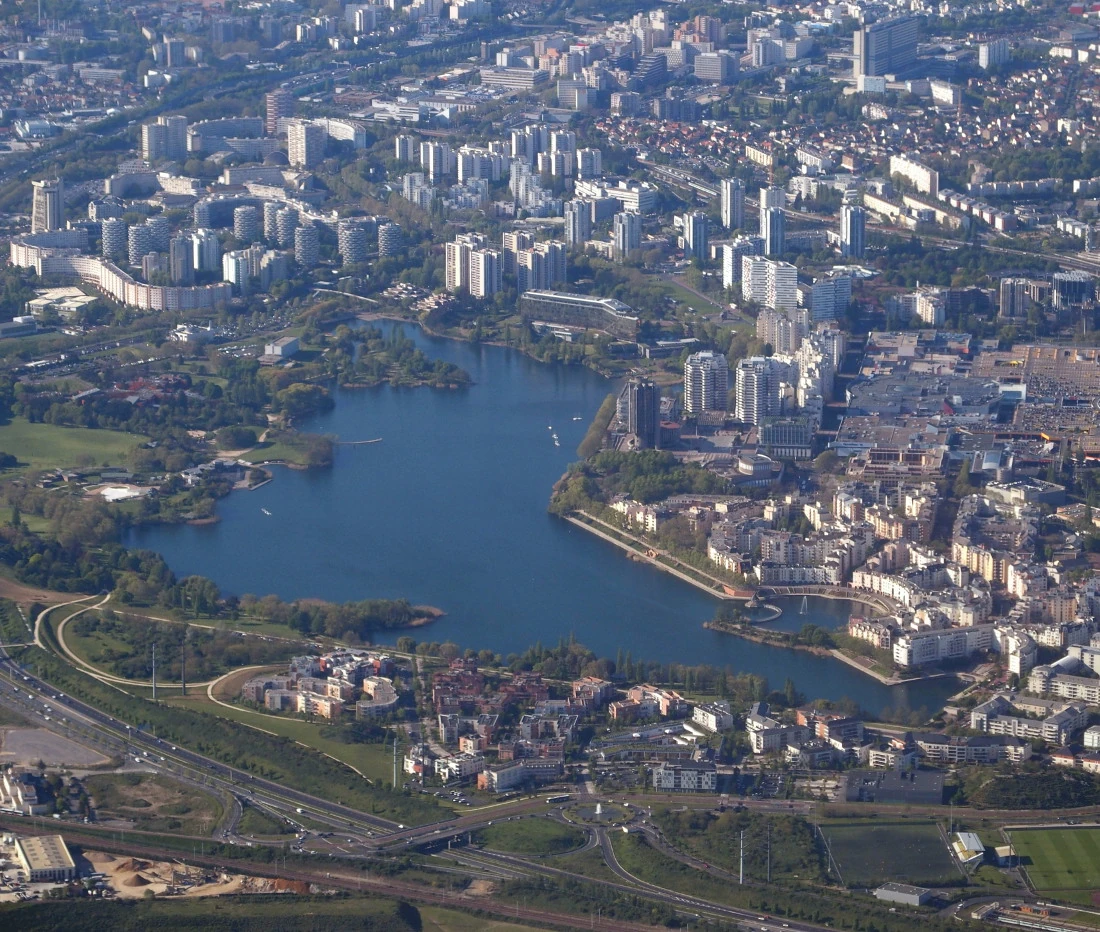



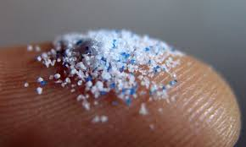
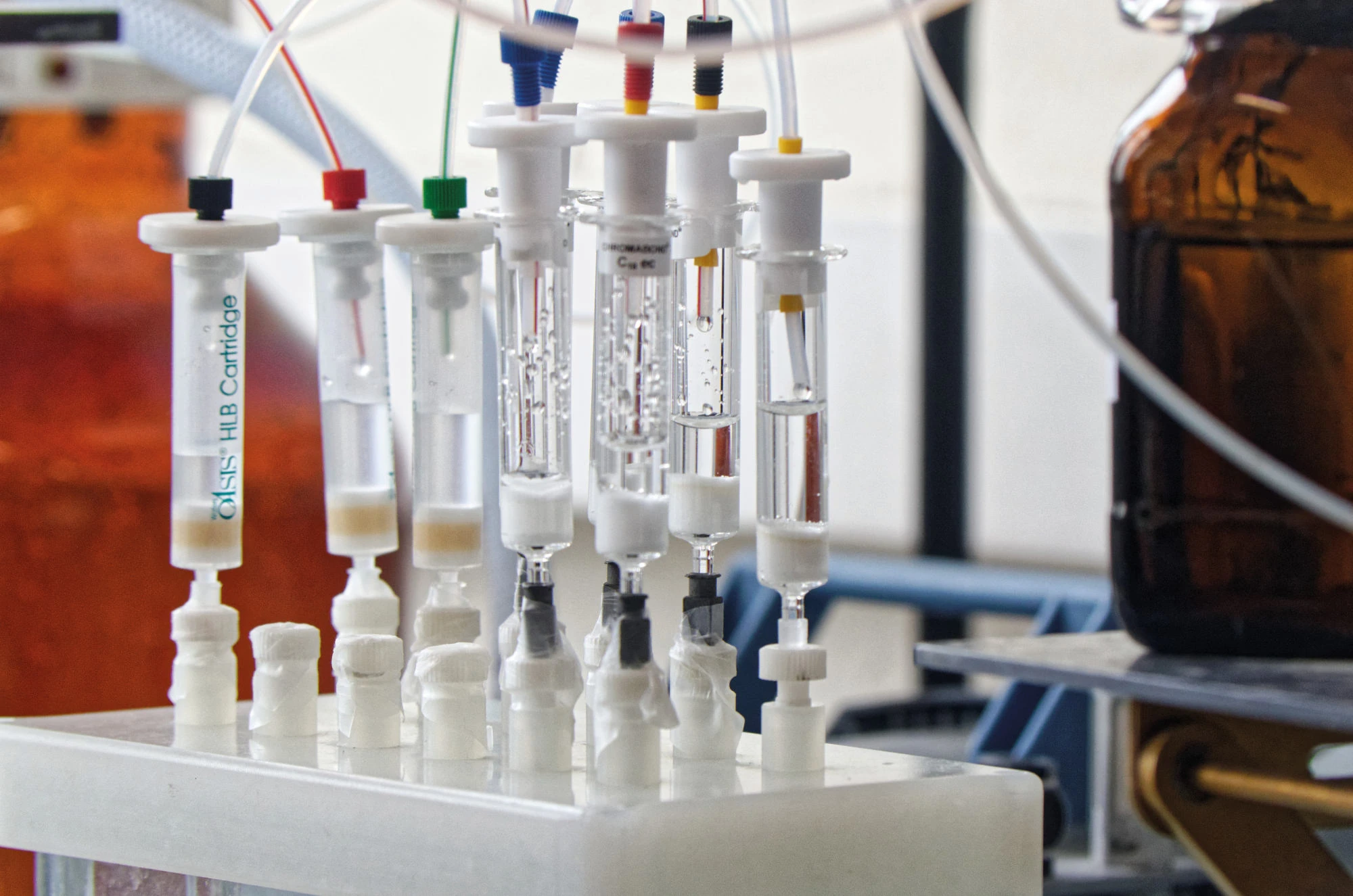
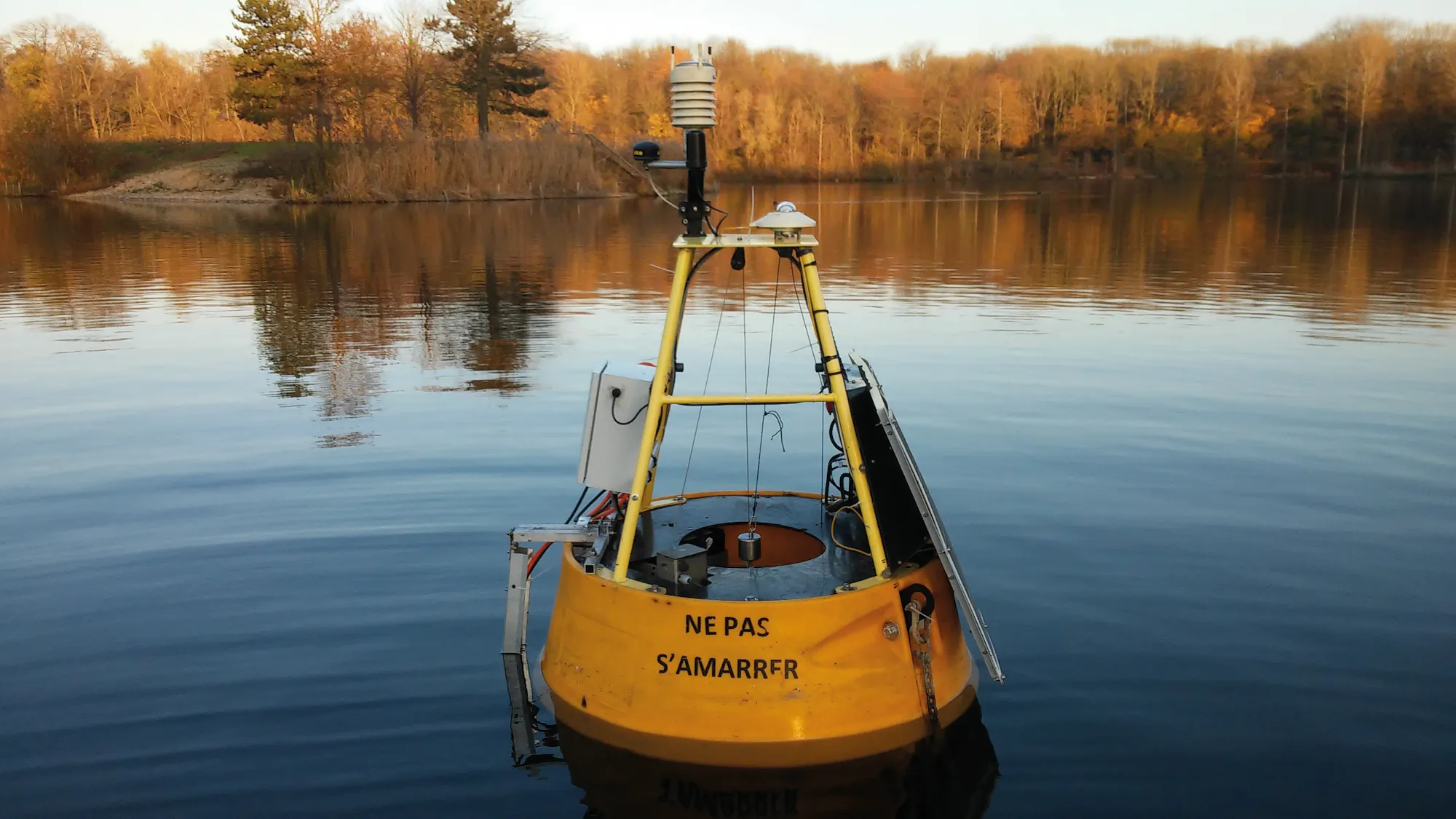

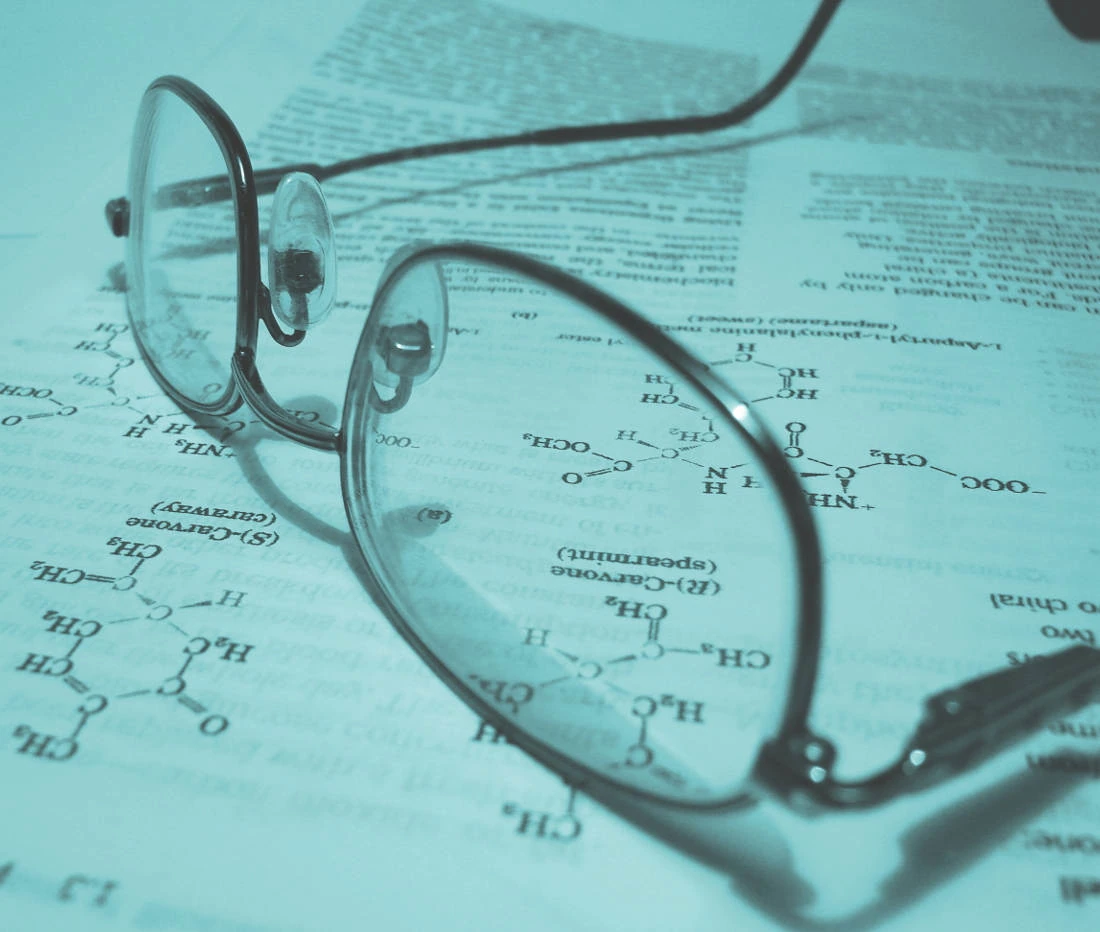 Productions scientifiques
Productions scientifiques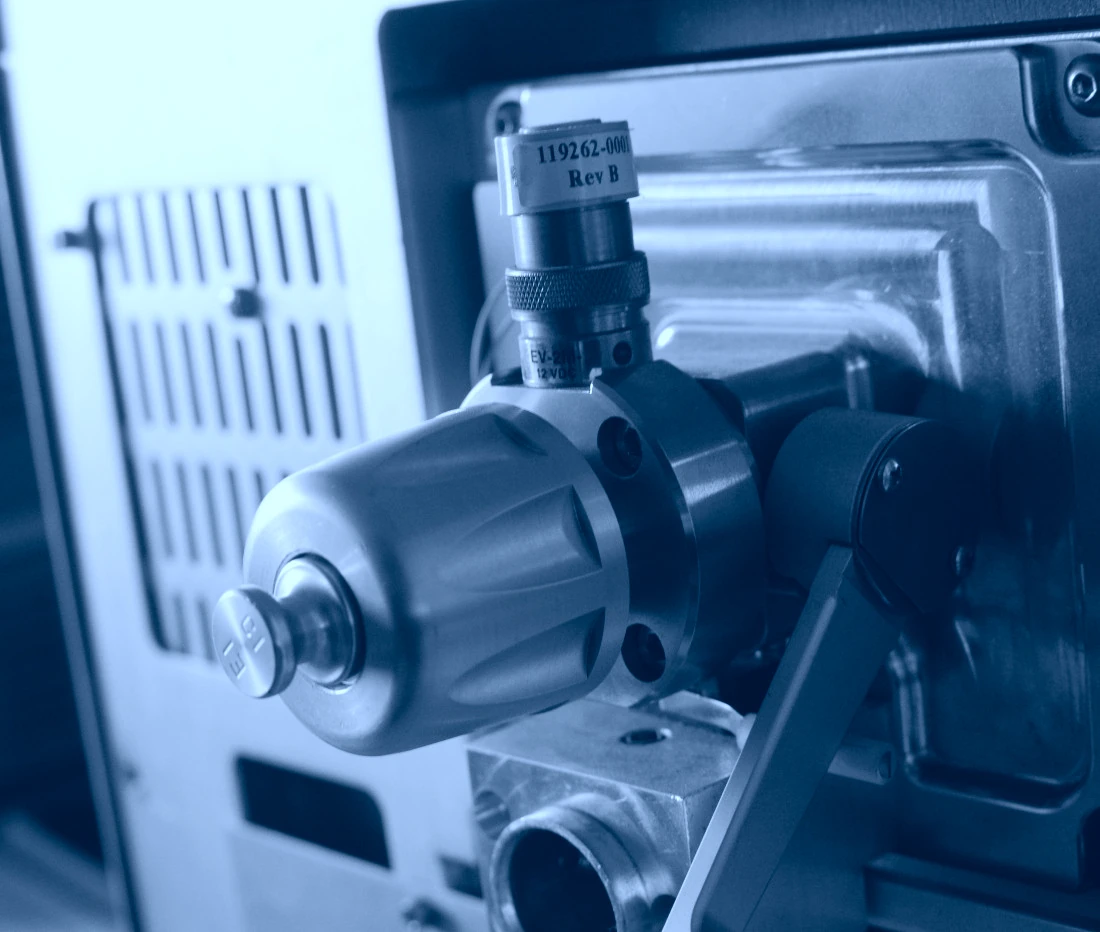 Moyens techniques et équipements
Moyens techniques et équipements Expertise et disciplines
Expertise et disciplines
